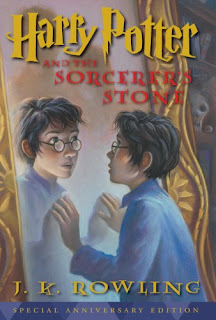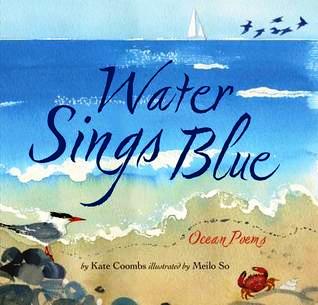By Ellen Levine and Illustrated By Kadir Nelson
This Caldecott Honor book tells the story of how Henry "Box" Brown excaped slavery by "mailing" himself in a box to the North using the Underground Railroad. The back cover consists of brown wood, much like what was used to make wooden cratesin the 1800's. The end pages are also a brownish bronze color similar to the color of the box as well. The end paper color also reflects the skin color of Henry on the front color. This layout technique ties into the theme of slavery and African American history.
 This book conveys a strong message with the intent to inform the reader while "sparking" emotions associated with sadness, anger, and hope. The reader will experience sadness and anger after learning that Henry did not know his birthday, lived his childhood and most of his adulthood as a slave, was torn from his wife and children, and suffered greatly during the dangerous trip to Pennsylvania. Hope can be felt when Henry arrives safely and can celebrate his "birthday" of freedom. Even though the book encourages the celebration of his freedom, I was still left feeling very sad about the story. The hardest part was contemplating the amount of loss he experienced in his life. The illustrations contributed greatly to these feelings. The sadness that is evident on the faces of Henry and his family truly impact the reader. The visual representation of Henry being "squeezed" in the box made Henry's story come alive even more.
This book conveys a strong message with the intent to inform the reader while "sparking" emotions associated with sadness, anger, and hope. The reader will experience sadness and anger after learning that Henry did not know his birthday, lived his childhood and most of his adulthood as a slave, was torn from his wife and children, and suffered greatly during the dangerous trip to Pennsylvania. Hope can be felt when Henry arrives safely and can celebrate his "birthday" of freedom. Even though the book encourages the celebration of his freedom, I was still left feeling very sad about the story. The hardest part was contemplating the amount of loss he experienced in his life. The illustrations contributed greatly to these feelings. The sadness that is evident on the faces of Henry and his family truly impact the reader. The visual representation of Henry being "squeezed" in the box made Henry's story come alive even more.
Nelson's beautiful illustrations are crucial in the emphasis of the book's content. The use of ashy, warm colors reflects the time period, setting and tone of the book. Nelson's use of pencil, watercolor, and oil make illustrations appear more vivid and emphasized. The images alone tell Henry's story in a powerful voice. readers of all abilities will become mesmerized with the pictures and surprised, astonished, and touched by Henry's true story.















































